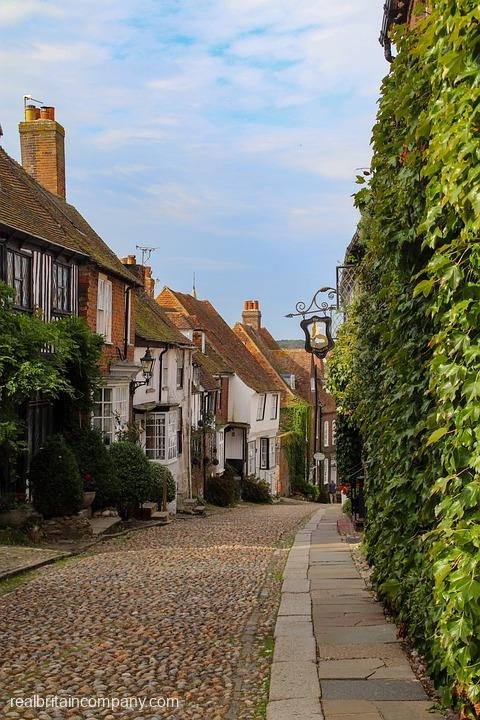
British fashion is as rich and diverse as the history of the Isles themselves. From the opulent ruffles adorning Tudor gowns through to the defiant leather jackets of the punk era, the UK has been a veritable hotbed of sartorial evolution. This eclectic fashion journey not only reflects historical and social changes but also showcases Britain’s uncanny ability to set global trends. Let’s take a whimsical stroll down this fashion-forward memory lane.
In the 16th century, England was a place where fashion made an ostentatious leap into the extraordinary, thanks to Henry VIII and his daughter Elizabeth I. Their courts were centres of lavishness, where clothing was a clear indicator of wealth and status. Think magnificent gowns, broad-shouldered doublets, and, of course, the iconic ruff. These were not merely garments but symbols of power, and the bigger the ruff, the more affluent you were presumed to be. Alas, while they looked absolutely regal, one does wonder how they managed to turn their heads or, indeed, balance.
Fast forward to the 19th century, and the Industrial Revolution had transformed British society. With these changes came a shift in fashion norms. Victorian fashion—for both men and women—emphasised modesty and restraint, a stark contrast to the flamboyance of the Tudor era. Ladies’ dresses featured tightly laced corsets and voluminous skirts, while gentlemen donned top hats and tailcoats. However, it’s essential to note the era’s stark inequalities, as the clothing of the working classes was dictated by practicality and the harsh realities of industrial life.
The 1960s swung in with a burst of colour and a fresh wave of cultural liberation. London emerged as the fashion capital of the world, with Carnaby Street at its heart. This was the era of the miniskirt, thanks to Mary Quant, and the androgynous suits of The Beatles. Fashion became a form of expression for the youth, a symbol of their newfound voice and rebellion against the old guard. The ’60s also saw the rise of the iconic mod subculture, with its sharp tailoring and an affinity for scooters. It was clear: fashion wasn’t just for the elite anymore.
Then came the punks of the late ’70s, tearing up the rule book (quite literally, along with their clothes) and sticking it to the establishment with safety pins. London was once again at the epicentre, led by the visionary Vivienne Westwood and her then-partner Malcolm McLaren. Their shop, Sex, on Kings Road, became the unofficial headquarters of punk fashion. Leather jackets, tartan trousers, and Doc Martens became the uniform of the disenchanted youth. It was more than fashion; it was a statement, a way of life that screamed, “Anarchy in the UK!”
Today, British fashion is a vibrant tapestry of its rich past, continuously innovating while paying homage to its roots. London Fashion Week stands as one of the “Big Four” fashion weeks, showcasing a blend of pioneering designers like Alexander McQueen and Burberry’s classic British elegance. Street fashion, too, reflects this diversity, with vintage shops selling 60s mod, 70s punk, and 80s glam rock gear alongside the latest high fashion.
The transformation of British fashion, from Tudor ruffles to punk leather, tells a story of societal shifts, cultural revolutions, and a daring to defy the norm. It’s a testament to the UK’s enduring influence on the global fashion landscape, always on the cusp of the next big trend. Through the centuries, British fashion has remained unapologetically bold and distinctively innovative, much like the spirit of the people it dresses.
So, what’s next for British fashion? As it continues to evolve in the face of new challenges and digital frontiers, one thing’s for certain: it will do so with the same flair and rebellion that has defined it for centuries.

